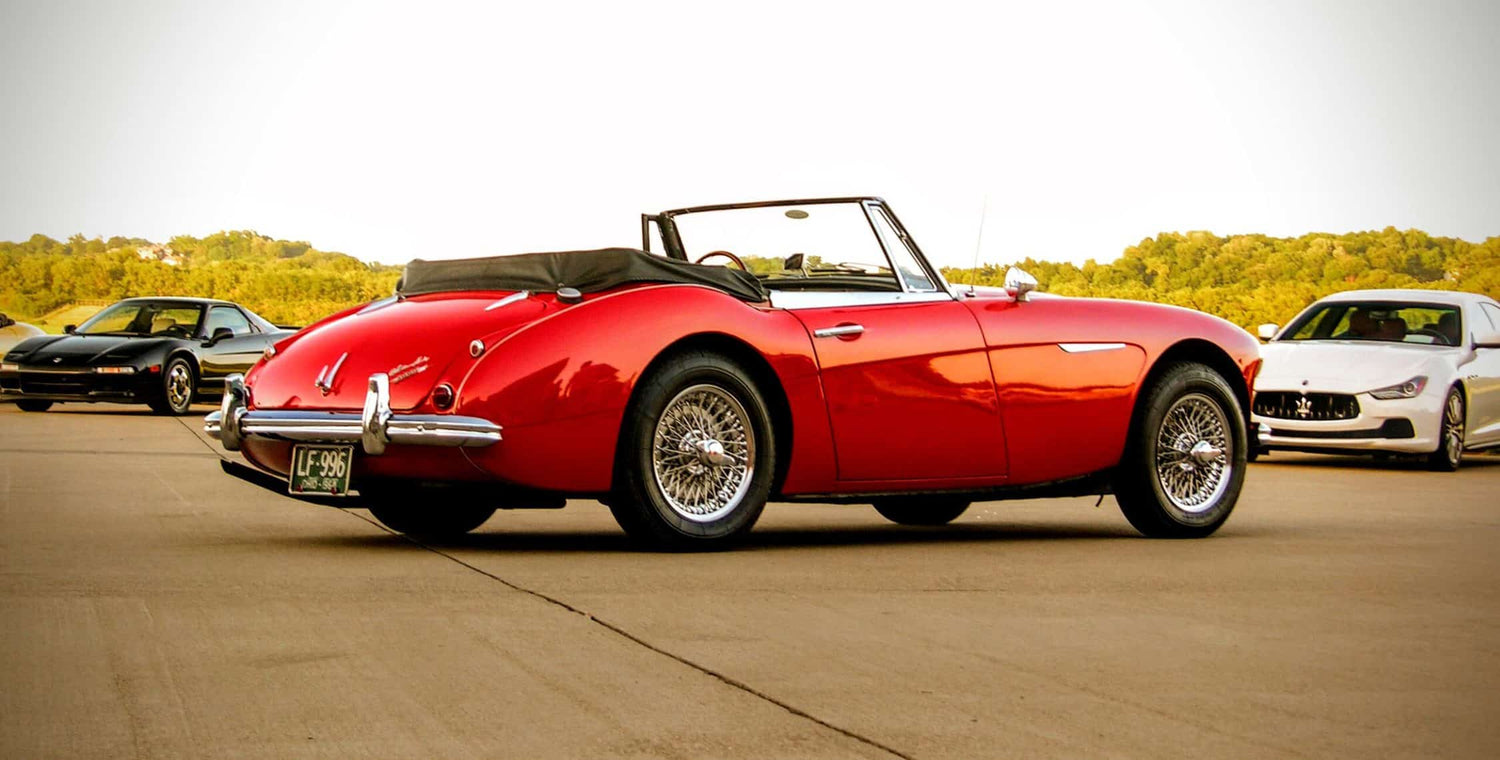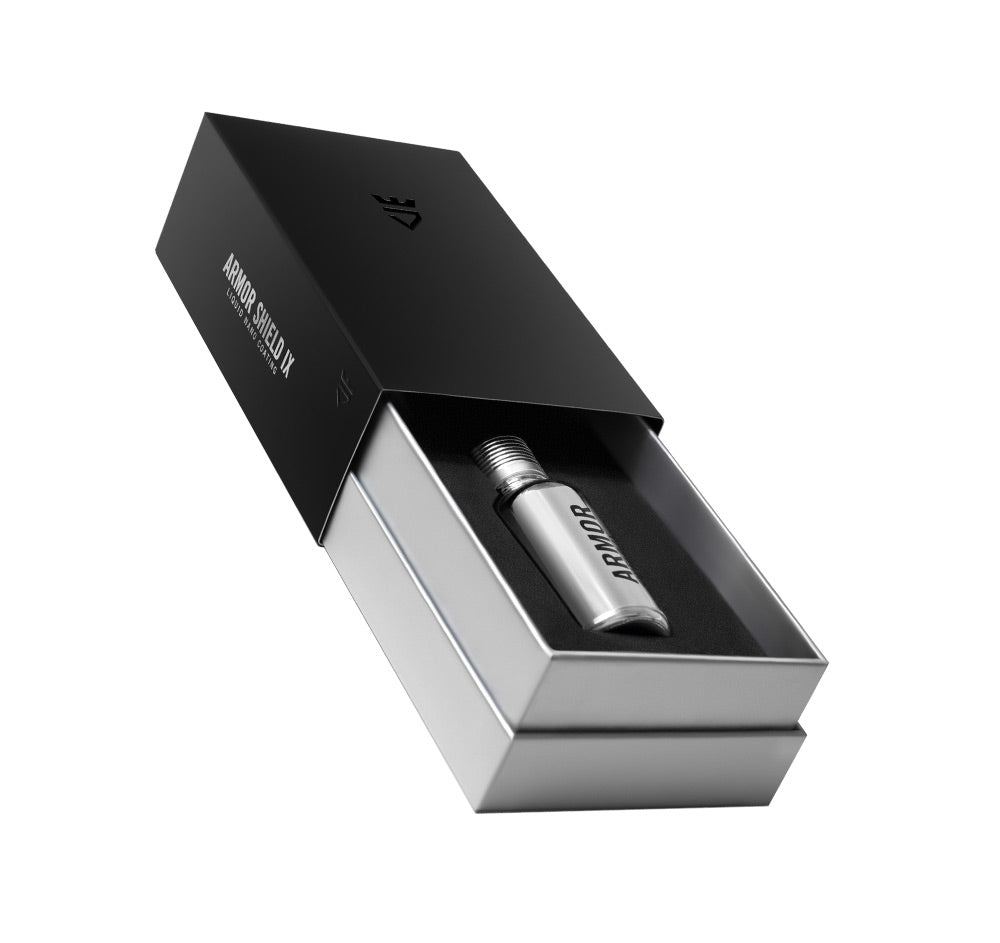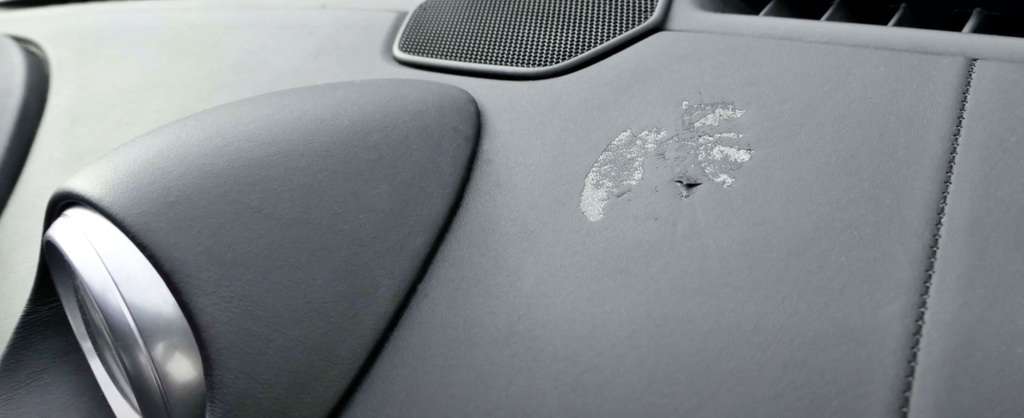Have you ever left your car windows down on a sunny day, only to look out the window to witness a pop-up shower dumping a deluge of water inside your vehicle? Soggy seats, liquid-laden leather, mildew-riddled floor mats, compromised electronics… it all manifests in just a few minutes, with repercussions that last long after the water has evaporated. Think that’s bad? Imagine the damage inflicted upon an open car’s interior when its convertible top is left down and Mother Nature suddenly decides to shower the block with her liquified blessings.
Rain isn’t the only danger convertible owners must contend with too, because everything from the sun’s rays to the crap that floats in our atmosphere is prone to messing-up a vehicle’s interior. All it takes is one wicked wind storm, or a bird with irritable bowel syndrome, and the exposed cabin of a convertible transforms from a freedom-filled thrill, to a filth-covered confined space.
On the bright side, advancements in cloth upholstery, leather, and synthetic material protection has left consumers with a broad array of car interior detailing options. On the downside, the market has also become oversaturated, and it’s not always easy to distinguish which product is worth a damn.
While certain products may be better suited for cleaning or protecting particular portions of a vehicle’s interior, there are certain techniques that must be utilized in order for these chemicals to work their magic. That’s why we’ve put together a list of real-world scenarios that both hard and soft top car owners should be wary of when rolling with the top down. We’ve also put together a list of products that go above and beyond in the cleaning and protection department, and added a few tips and tricks as well.
Common Causes of Damage to a Convertible Car Interior

For convertible car owners, rain isn’t the only damaging element to fret over. For as detrimental as water can be to say a fabric surface, sun and extreme heat are equally damaging, even when a convertible top is up. There’s also the risk of scratches from windstorm debris, sand damage, fall foliage, tree sap, dirt and dust, pollen, berry stains, and the vile excrement commonly referred to as “bird droppings.”
However, rain remains the most prevalent concern, because unlike other naturally occurring elements, it has the ability to short-circuit electronics, while permeating damn near anything it touches. Every other issue listed above can either be vacuumed up or wiped away, thus making these unwanted additions to a convertible car’s interior more of a nuisance than a safety concern.
Quick Nerd Note: A report by Reuters a few years back found that despite being credited for having UV repelling properties, most car windows do a poor job of repelling the sun’s most damaging rays. “On average, car windshields blocked about 96 percent of UV-A rays… but side door windows were far less dependable…
How to Protect a Convertible Car’s Interior

Although a spotless soft top fabric may be nice to gaze upon, it’s a super clean convertible interior that people truly appreciate, and therefore requires regular care. Door panels and dashboards are forever quick to collect airborne impurities, fabric surfaces are prone to becoming saturated with dirt, oil, dandruff, and hair, and floor carpets provide an ideal breeding ground for various kinds of flying insects. Simply put, having a pristine convertible car interior is not just something that is appealing to the eye, it is also good for your health.
Being that humans are far more susceptible to airborne allergens than animals, the automobiles we drive oftentimes end up being an allergy-inducing enclave. Spores, dust mites, dirt, mildew, pollen, and countless other naturally occurring substances thrive in places like automobile fabric. Since a car’s interior becomes a confined space when a convertible top is closed, porous surfaces like seat cushions and cloth upholstery quickly become havens for allergy-inducing matter if not cleaned regularly and coated with a protectant.
While UV and heat damage from the sun don’t typically trigger allergic reactions in individuals, they do one hell of a fiery number on a vehicle’s cabin materials. UV damage and excessive exposure to direct sunlight have been known to cause cracks and discoloration to form on door trim and dashboards, and will force upholstery to fade if not regularly maintained and/or shielded from the sun.
Sure, keeping that top up and parking in the shade is always a fantastic form of UV protection. But there are other measures that protect a vehicle from summer heat and direct sunlight that don’t require a shadowy parking spot. they may appear old fashioned and silly, but a windscreen sunshade does an outstanding job of deflecting the sun’s sweltering gaze and damaging UV rays. Applying a high-end conditioner on plastic, cloth upholstery, and leather surfaces will also help prevent the sun from ruining a convertible car’s interior. Many of these products not only moisturize and shield interior trim and whatnot from the effects of UV rays, they also help retain the original color of car components. Think of these products as your convertible’s UV-repelling sunglasses and toning sunscreen.
As for preventing water damage from compromising a convertible’s interior, that has far less to do with spraying down surfaces and adding accessories, and more to do with common sense. Beach squalls and mountain rain storms manifest in minutes, so unless you are standing beside your ride, put that top up and close those windows completely before walking away.
And while the hydrophobic properties contained within a high-end ceramic coating will certainly help repel rain from hard surfaces like a car dashboard or a center console, this water has to eventually go somewhere. The risk of mold forming in your car’s AC system, discovering mildew between your seat cushions, or water short-circuiting electronics is very real. There is no soft cloth quick wipe-down in the world that can sop-up the damage inflicted upon an open convertible car’s interior when it is exposed to large amounts of rain water. Deep cleaning with a shop-vac, high temps, and prayer are your three best options for heavy H20 removal, therefore we suggest avoiding this malady at all costs.
Quick Nerd Note: Testing conducted at the State Farm Vehicle Research Facility concluded that when exposed to direct sunlight, car interior surfaces rocket to well over 195°F! Just a little fact to keep in mind the next time you grab a hot steering wheel or gear selector knob, or begin to wonder why your interior smells like burning plastic.
Applying Protectants and Waterproofing Products to a Convertible‘s Interior

Regardless as to whether you drive a convertible or a hard top automobile, surface protectants and conditioners should be applied to your vehicle’s interior on a regular basis. Most interior resurface protectant products can be applied any time you wish, so re-coat regularly, especially if you prefer to park with the roof down and despise the sight of a water stain on an otherwise clean interior.
As for the longevity of waterproofing products, reapplication suggestions all over the place. A good rule of thumb here is to reapply an interior waterproofing product every six months or after a deep cleaning, whichever comes first. Like hard surface protectants, most waterproofing sprays are safe to reapply at one’s discretion. Just remember to read the instructions carefully, and always apply chemical-rich products outdoors, or in a well ventilated area to avoid prolonged exposure to fumes and whatnot. Opting to wear a pair of nitrile gloves is never a bad notion either, because finding out that you have an allergic reaction to a product only after it has been on your skin is never fun.
So if your convertible sees a lot of use, or if you live in a humid environment, it might be best to hit that convertible interior with a fresh coat of waterproofing spray every other month or so. There is no risk involved with waterproofing a car’s interior too often, so slather on that extra layer of protection whenever it seems like your cabin could use a fresh coating.
Best Protectant and Waterproof Products for a Convertible Interior

When it comes to interior trim and upholstery protection, the options appear endless. From shine-inducing dashboard and trim protectants, to carpet shampoos and leather conditioners, the wall of products at the local auto parts store seems to grow larger with every visit. That said, there are a few front-runners that truly go above and beyond in protecting a car’s cabin, regardless as to whether that convertible top is down or not.
Best Waterproofing Spray– Scotchgard Auto Carpet Water Shield
Waterproofing the cloth and carpet flooring portion of a car’s interior may sound tricky, but thanks to Scotchgard Auto Carpet Water Shield, this daunting task is now super easy to conquer. To date, this spray-on application has garnered some of the best reviews in the segment, and boasts the ability to repel everything from salt water spray and snow, to rain, coffee, sugary soda, and much more. Unlike other formulas on the market, this protectant does not change the texture of fabrics, so no more fretting about turning that plush soft cloth pillow seat into a crunchy cushion.
Best Leather Protectant– Leather Honey
As for leather protectants, the undefeated champion in this arena is Leather Honey. With its non-toxic, all-natural attributes, 6-month lifespan, easy cleaning capabilities, inoffensive aroma, water repelling strengths, and moisturizing properties, it’s no wonder this stuff remains Amazon’s top selling leather conditioner. Leather Honey has been around since 1968, and comes with a satisfaction guarantee, just in case all those thousands of five star reviews were wrong.
Best UV Ray Repellant- 303 Aerospace Protectant
UV damage is best negated by applying a layer of 303 Aerospace Protectant. Devoid of oily properties, and designed to rejuvenate and protect hard surfaces, this formula is a front-runner in the battle against sun damage. This stuff works wonders on things like vinyl and fiberglass, but can also be applied to carbon fiber, synthetic and natural rubbers, plastics, and gel-coat. Running $18.99 for a 16oz bottle, initial value may appear poor, until it becomes apparent that only a miniscule amount is required to coat a large surface.
Best Hard Surface Protectant– Armor Shield IX
Hard surfaces have the benefit of being eligible for a coat or two of AvalonKing Armor Shield IX, which unlike the six month lifespan of the protectant products listed above, only requires reapplying every few years. Outside of repelling water and UV rays with unrivaled strength, Armor Shield IX is also scratch resistant, which is ideal for commonly abused areas like car dashboards, center consoles, and door handles.
Best Convertible Top Cleaner- Raggtopp Convertible Top Care Kit
Last, but not least, is the underside of a convertible top, which like any other part of a convertible car’s interior, periodically requires cleaning and protecting. The guys over at Raggtopp have made this chore super easy thanks to a product bundle designed just for this often overlooked area. Marketed simply as the Convertible Top Care Kit, Raggtopp’s offering is a winner when it comes to protection against acid rain, smog, tree sap, bird droppings, salt, tar, dirt, grease and mildew. This cleaner and protector combo pack is also guaranteed to not not harm automotive finishes, chrome, glass, rubber, or plastic windows.
Favorable reviews have also shown that this stuff not only repels water, but it allows soft top cloth fabric to breath as well, thus extending the life of the rooftop fabric. One caveat, is that while the Raggtopp Cleaner is recommended for cleaning both fabric and vinyl convertible tops, the Protectant offered in this bundle is designed for use on fabric convertible tops only, and should NEVER be applied to a vinyl surface.













